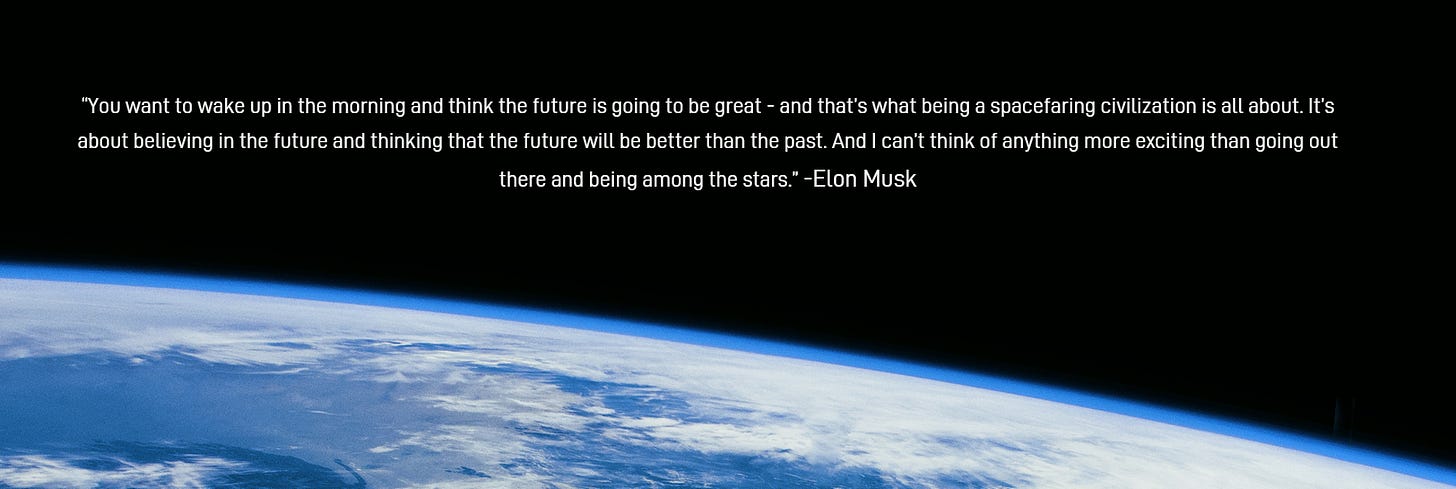SMART goals can be counterproductive for your team or business unit.
SMART goals are great, no doubt. But they work best in a specific set of conditions, and much less so outside of them. This fact tends to get swept under the carpet when teams blanket-apply them only to end up deflated and confused.
How so?
There are few things worse than showing your team a foggy destination. SMART goals bring your team’s target into clear focus for everyone. They remove ambiguity. 1000 qualified leads in the next month.
But clear is just clear, not compelling. Sometimes, you need to make the destination so compelling that teams find the motivation to power through obstacles and failures along the way.
If you’ve 900 qualified leads this month, then a target of 1000 next month doesn’t need much motivation. That’s business as usual, everybody knows. But if you’re launching a new product, a target of 1000 leads in the first month sounds arbitrary. It doesn’t draw you in. Why should you believe you can get to it?
What will work much better here is a Big Hairy Audacious Goal, or BHAG, as Jim Collins and Jerry Porras called it in Built to Last.
SMART goals presume everybody knows why the goals are worth chasing; BHAG goals don’t. BHAG creates meaning. It generates the power to energize us.
We don’t look for meaning when we have a reference point and we’re looking to do incrementally better. But when we’re looking to build something from the ground up (launch product or change initiative) for which there’s no reference point, we need to make the goal irresistible.
❌Get 1000 qualified leads in the next month.
✔Onboard 10 delighted customers who give us glowing testimonials after using our product. (ideally a BHAG should be longer term, which is another practice we should do more of)
Last year, I was in charge of launching a brand new service line for which we came up with some SMART goals. We tracked them closely. Every time we hit a roadblock along the way, we emerged a little daunted, a little chastened. I would look at the numbers, believing less and less that we would meet the target.
We got it wrong. We went for clarity when what we needed was clarity and emotional lift. We went for SMART when what we needed was BHAG. The irony was, almost my entire career, I had spent building new things and I didn’t seem to know the difference.
As the book Switch says, SMART goals are great for steady-state change but they are not for a change in state. When we’re pursuing transformational change, we’re chasing a change in state: there was nothing before; there’ll be something valuable after. That pursuit needs an emotional lift that only a BHAG can offer.
Elon Musk didn’t attract the best engineers to work for SpaceX by giving them a target of bringing the cost of space travel down to Z dollars per ton of load. He called them to be a part of a journey to turn the human race into a spacefaring civilization (and to pull that off SpaceX needs to bring the cost down to whatever).
(PS: I’m not an Elon Musk fan but it is possible to hold two opposing thoughts in one’s head at the same time.)
We need a compelling destination to feel truly moved in our head and our heart. When we hit a rough, it is not superior analysis in the head but a destination that stirs our heart that will help us soldier on.
Here’s a thought on why most of us leaders don’t set BHAG for our teams. We fear embarrassment more than failure.
👋Hi, I’m Satyajit and welcome to my newsletter. I learn from the best with the goal of unpacking the knowledge for a better career and a better life.






Great points! SMART goals for steady progress, BHAG goals to ignite passion for audacious goals.